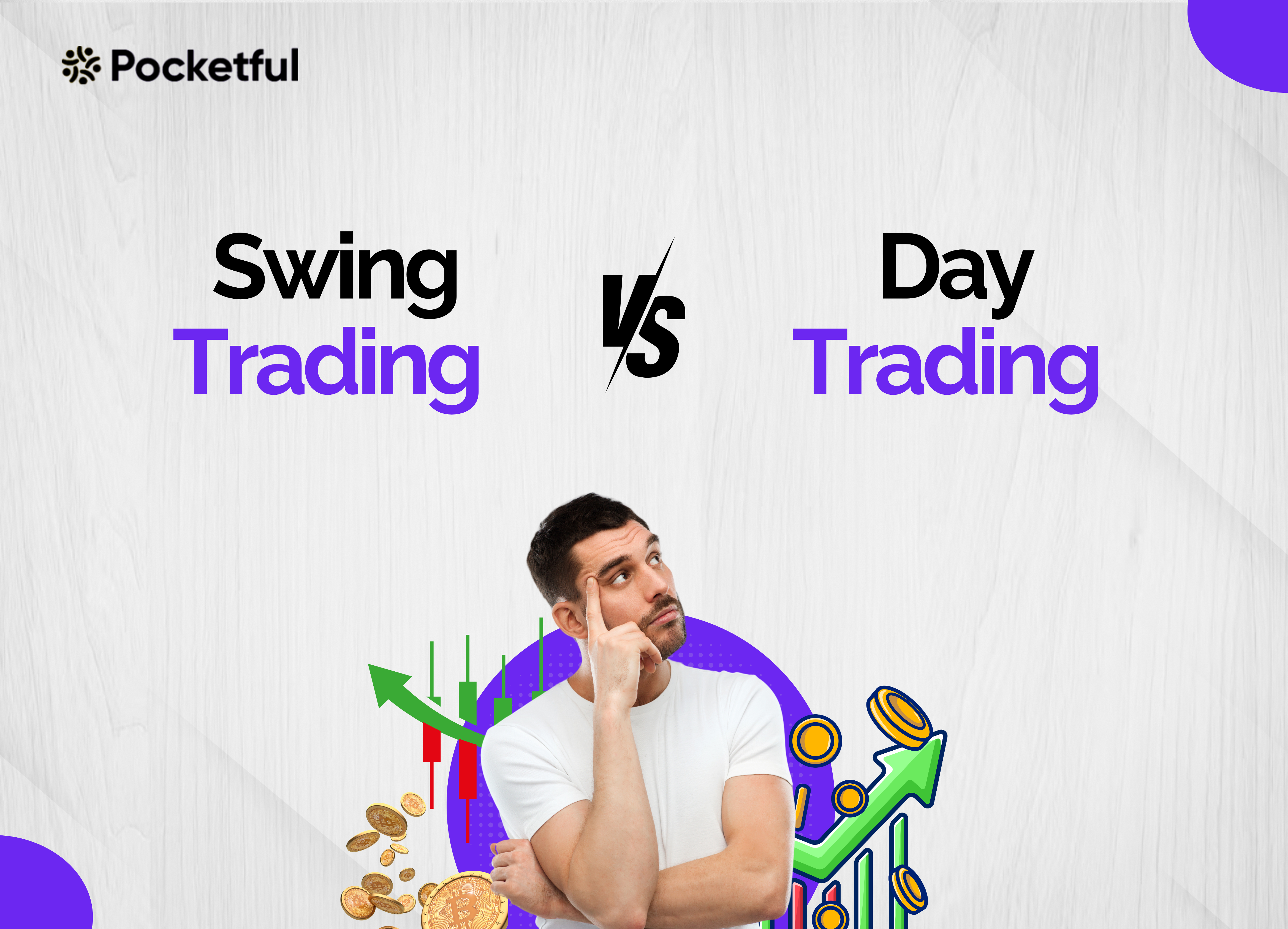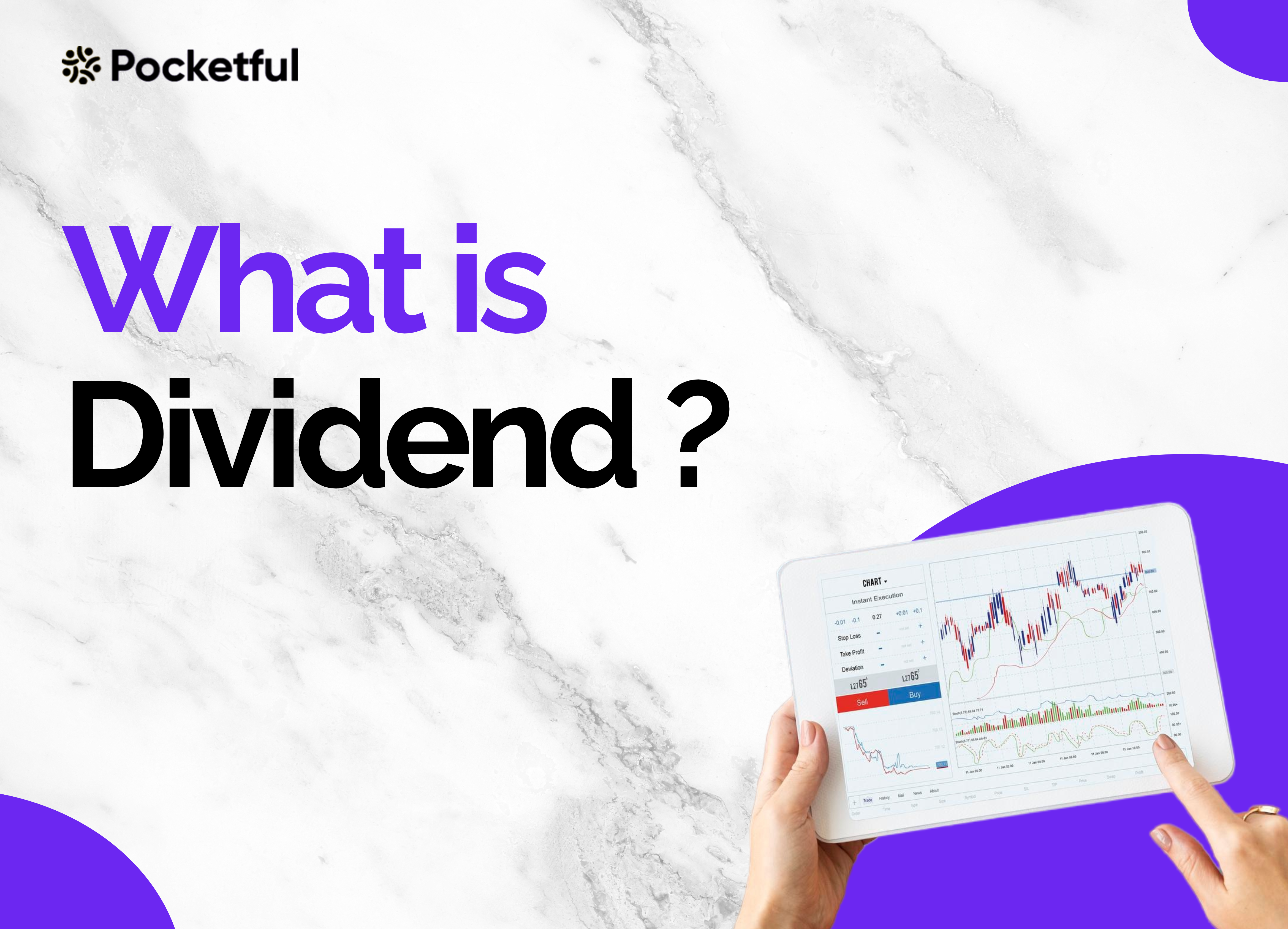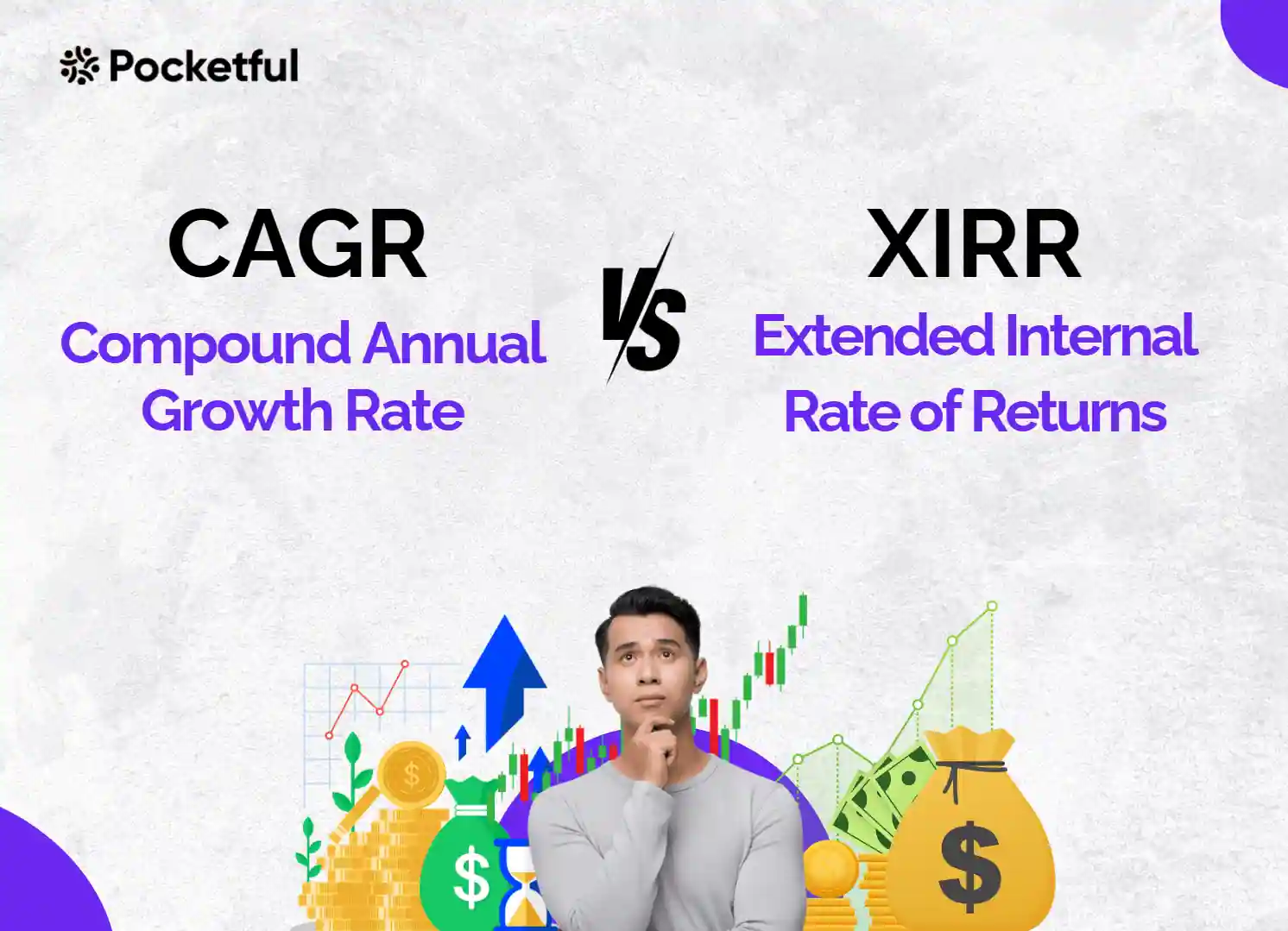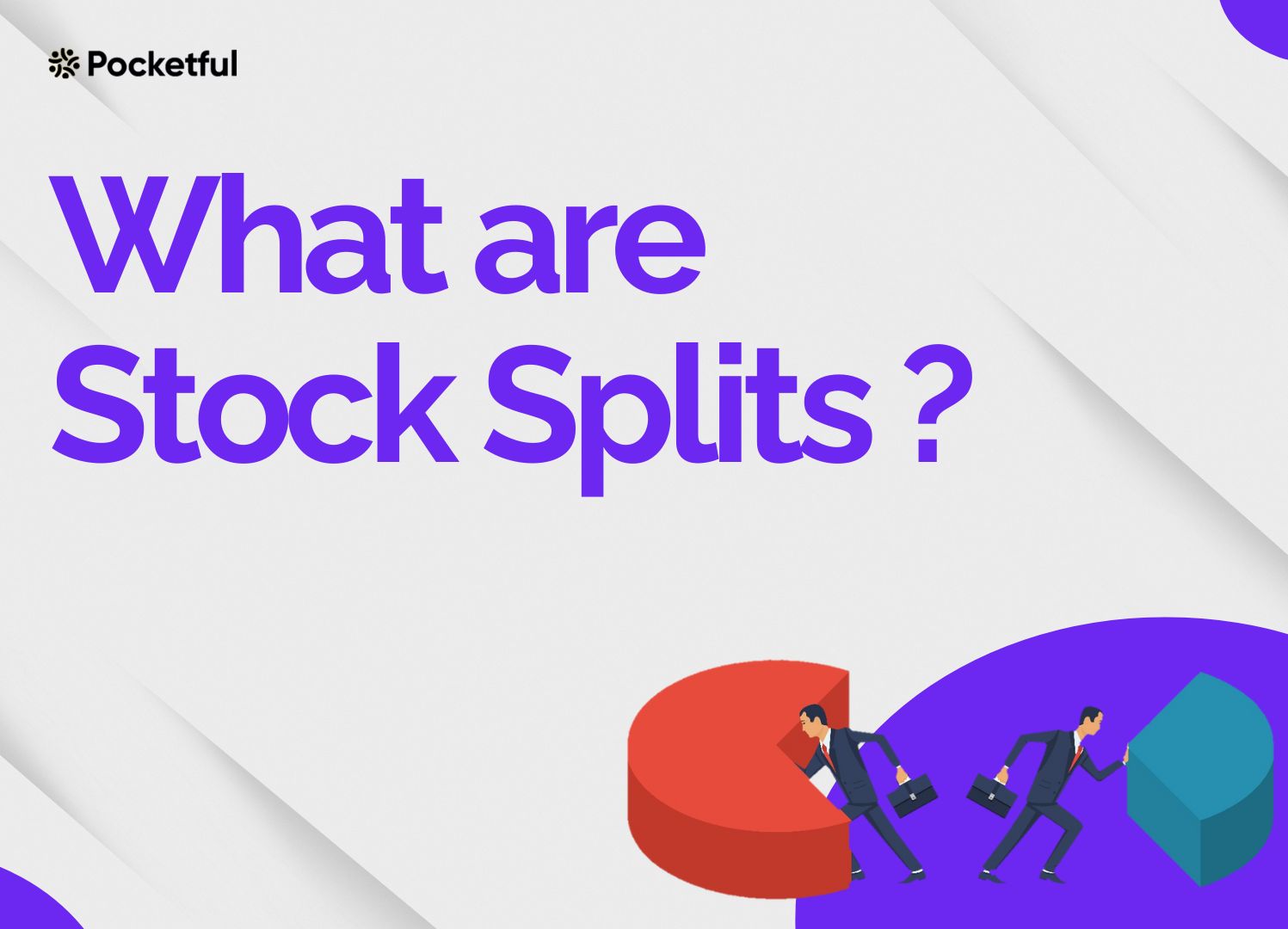The main aim of trading and investment is to grow wealth. Although both participants’ strategies and tenure differ, they aim to increase their wealth. In this post, we will explain trading strategies and how they can be used to earn higher profits.
What is Trading?
Let’s understand it in this manner: when we buy something from a shop, we give them money for the product. This activity is exchanging goods and services. A similar thing happens in the financial market. We purchase and sell financial products, such as stocks, commodities, or currencies. We buy them when the price is low and sell them when the price rises, in turn earning a profit.
This purchasing and selling of financial products, such as stocks, commodities, or currencies, is called trading.
History of Trading
Humanity has used the barter system, the earliest form of trading and investment, for thousands of years. In 600 BCE, the Lydians are said to have invented coins, introduced money, and facilitated trade.
The oldest stock exchange was founded in the 16th and 17th centuries. In 1602, the Amsterdam Stock Exchange opened for business, which resulted in the purchase and sale of corporate shares by people. The New York Stock Exchange was founded in 1792 and has become a significant global trade center.
Humanity has since witnessed significant technological advancements, including computers, telegraphs, and telephones. All these sped up the stock trading business and led to an electronic trading platform. This has provided access to a lot more individuals who were earlier unable to enter the stock market.
In the 21st century, online trading has now become even more accessible because of mobile applications and discount brokers.
Trading Styles

There exist numerous trading styles, some of which are mentioned below.
- Day Trading: Day trading is a fast-paced trading strategy. It involves buying and selling assets within a single trading day. The main objective is to profit from brief price fluctuations, which demands quick thinking and laser-like focus. To reduce the possibility of unfavorable overnight price changes, traders usually liquidate their positions before the market shuts.
- Swing Trading: Here, traders keep their position for a few days or weeks. They examine charts and look for bigger price fluctuations and market patterns to deliver a strong profit. While doing swing trading, one needs to have an active attitude, but it also requires deeper knowledge. Because of the short-term nature of swing trading, traders rely heavily on technical analysis with the occasional use of fundamental analysis.
- Positional Trading: Positional trading is an investing technique in which traders hold their position for months. Their approach is based purely on fundamental analysis.
- Scalping: It is a high-frequency trading strategy in which traders make hundreds of trades daily to capture small price movements. It heavily relies on technical analysis and requires a deep understanding of market mechanisms.
Read Also: Trading For Beginners: 5 Things Every Trader Should Know
How to start trading?

Educate yourself: Before diving into the trading world, it is essential to learn the basics. Read books, go through articles, take online classes, and follow market news to stay updated.
Create a trading account: Once you have a decent understanding of how the markets function, create a trading account with online brokers, such as Pocketful. This will allow you to use state-of-art infrastructure with an easy-to-use interface.
Choose your trading style: Decide which style suits your goals and risk tolerance.
Fund your account: Deposit cash into your account using your preferred payment method to begin trading. Remember to invest money that you can afford to take risks with.
Place your trade: Use the platform your broker provides to buy and sell the asset you choose.
Trading vs Investing
| Basis | Trading | Investing |
|---|---|---|
| Time Horizon | Short-term (days, weeks, months) | Long-term (years, decades) |
| Goal | Capitalize on short-term price movements | Grow wealth over an extended period |
| Risk Tolerance Required | High | Moderate to Low |
| Research Focus | Technical analysis | Fundamental analysis |
| Activity | More frequent transactions. | Less frequent transactions. |
| Required Knowledge | Deep understanding of technical analysis and market mechanisms. | Understanding of markets and asset classes. |
| Pros | High potential rewards, quick returns, and fast-paced. | Lower risk, less time commitment, and less speculation. |
| Cons | High risk of losses, demands constant attention, and more speculation. | Lower earning potential in the short term. |
Read Also: Swing Trading vs Day Trading: Which Strategy Is Right For You?
Conclusion
Finance can be scary, but if you know what you’re doing, you can handle trading like a pro. This guide intends to teach you the basics of trading, from its history to the different trade styles you can use. Remember that trading is exciting but dangerous. So, think about your goals and how much risk you can take before you step into the ring of stock trading.
Frequently Asked Questions (FAQs)
What is the difference between trading and investing?
While trading talks about making money from short-term changes in the price of stocks, currencies, and commodities, investing mentions the art of slow but consistent returns; it involves sticking with trades for a much longer time.
What are the different styles of trading?
There are several trading styles, each with its own strategy and time frame. They are Day Trading, Swing Trading, Positional Trading, and Scaling.
What are the risks associated with trading?
Trading is exciting but comes with its own set of risks. It is heavily dependent on speculation, requires a high amount of technical knowledge, and can lead to immense losses even in the short term.
How can I start trading?
You can start trading by signing up and creating a demat account with popular brokers like Pocketful. You can fund your account and start placing trades once your account is created.
What are the common mistakes to avoid while trading?
The most common trading mistakes include overtrading, which leads to higher transaction costs and increased risk, and ignoring risk management, such as not setting stop-loss orders and failing to diversify your portfolio, which can result in significant losses




































